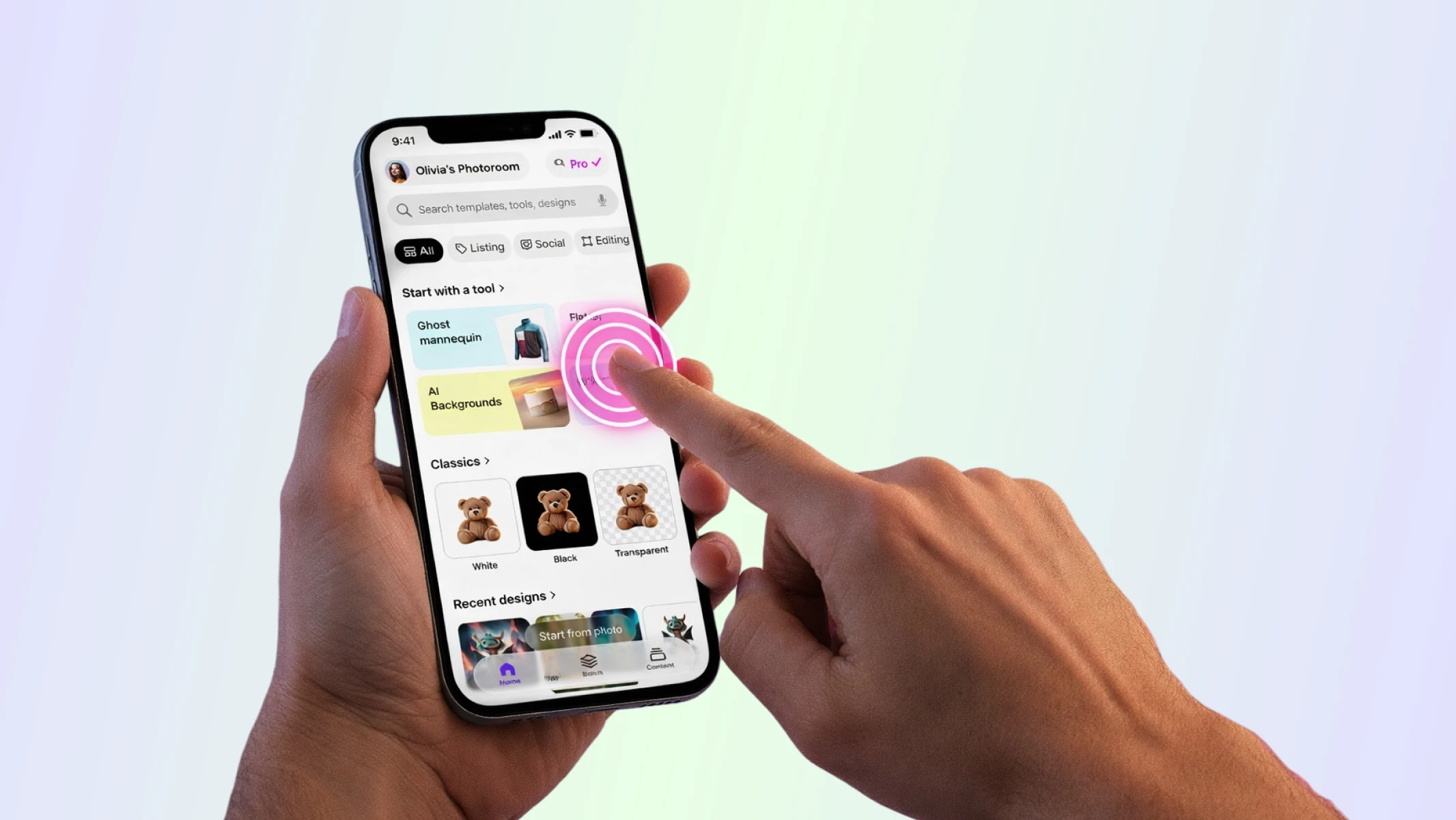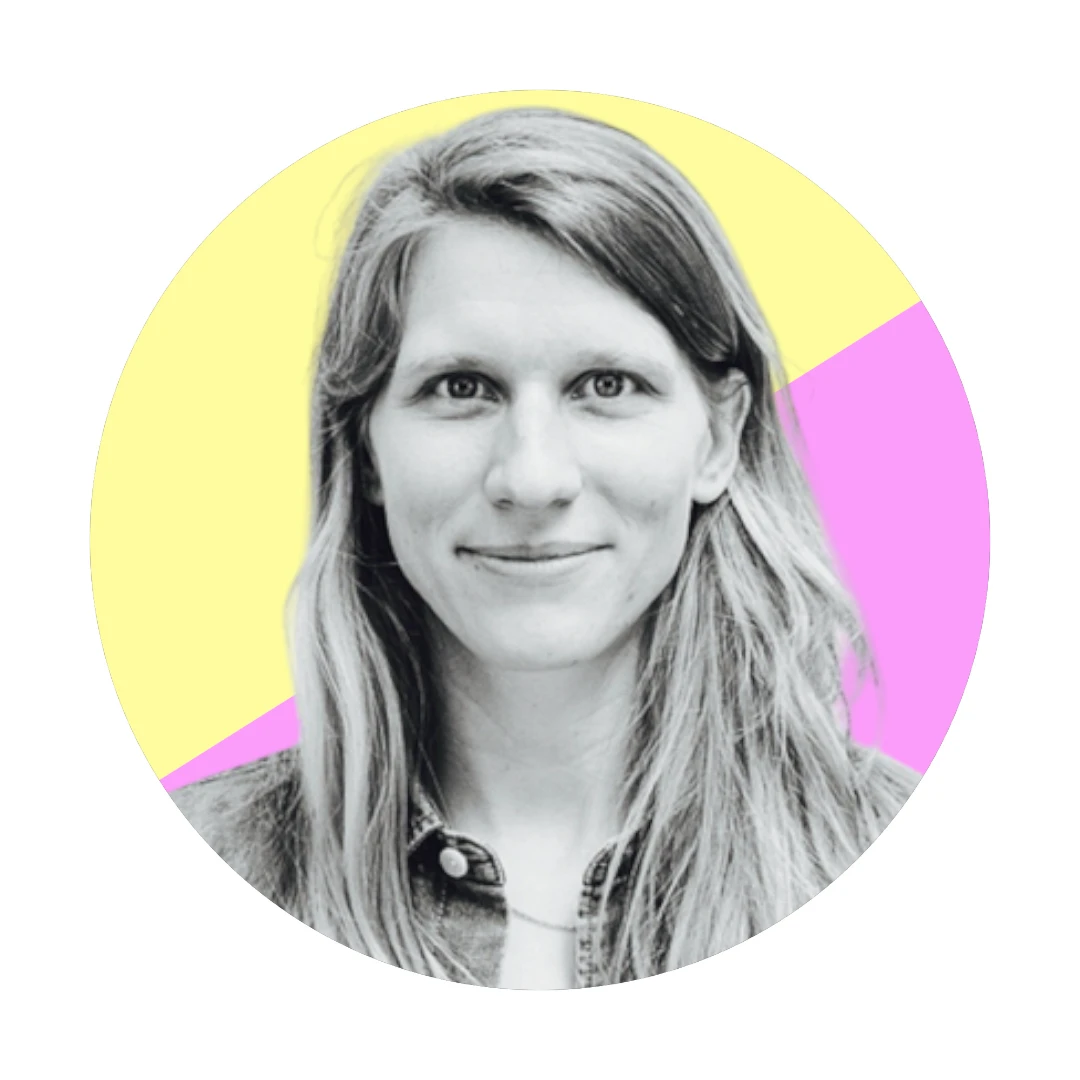Playing to win: the unexpected way we innovate at Photoroom
Remember that sense of limitless possibility we all had as kids? What if you could feel that way every day at work? At Photoroom, we want to recreate the feeling of curiosity and creative spirit we felt when playing our Gameboy, or creating an imaginary world as kids. We like to imagine Photoroom as a new game with only one rule: be curious and be creative.
The power of a playful mindset
As we grow up, it can be easy to forget that, as children, we learn most of what we know from games. Lessons from video and board games, roleplay, costumes, and imaginary friends all contribute to how we navigate the world. Research by The Lego Foundation shows play designed to boost creative thinking is linked to flexible, innovative thinking long-term.
As we age, and “adulting” takes over, it becomes harder to maintain a playful mindset. On average, children play for around 20 hours per week, while adults play an average of around 8 hours per week.
But we don't have to stop playing just because we grow up. In fact, research shows that the more we play at work, the more we innovate. Play can help us relax and feel happier at work, and is also linked to increased productivity.
How we play at Photoroom
At Photoroom, we’re always looking for moments to play together. You'll find us playing board games on our lunch breaks or working on creative projects together, whether it’s building Lego towers, or cooking competitions.
From the outside these moments might seem like “time-wasting”, but they help our team develop the curious and collaborative mindset that helps great work happen.
Our regular hackathons make for playful ways to develop new platform features. In just hours, our team creates dozens of prototypes that serve as blueprints for the next wave of product innovation. Hackathons help us to focus on what we can create in the next hour, how we can do something differently, or how to simplify a user challenge. Play isn't just for product development—it spans all departments, including finance, HR, and marketing. Most recently, we ran an ads workshop with the entire team, giving everyone a chance to make video ads for Photoroom, and then awarded the team with the highest performing ads a prize. This not only helped the entire team understand our approach to user acquisition, but also gave us a sense of shared ownership and pride towards the product and brand we're building.
However, it’s important to remember that in order to play, you have to first feel safe. We aim to install a sense of psychological safety to help our team feel free to play. At Photoroom, this translates as giving our people permission to challenge everything, try new things, and to know that failure's okay. As John Cleese puts it “you cannot be playful if you’re frightened that moving in some direction will be wrong”. Therefore, we cultivate an environment where taking risks is encouraged and viewed as a pathway to innovation, rather than a misstep.
Psychological safety also means being transparent with our communication. For example, we don't use DMs; every conversation happens out in the open in Slack. The goal is to empower our team with the information and the tools they need to be successful.
How we help our users play
When I think of our ideal user, I imagine Hermione Granger from Harry Potter. Hermione is a brilliant 6-year-old witch who loves learning and playing with magic to solve problems. And like Hermione, our users are eager to learn and discover their sense of magic when using Photoroom.
Before launch, we imagined six-year-old Hermione using Photoroom - could she figure out how to play with the app and unlock its magic? Six-year-old Hermione would have little patience for long tutorials and how-to's. So, we’ve always tried to create fast, playful learning experiences that provide immediate reward and build trust with the users. Since Photoroom’s first incarnation, the accessibility of our product has become one of the hallmarks of our success.
Hermione was also a great teacher to her fellow Hogwarts students. At Photoroom, our learning never stops; our users are our greatest teachers . We value the new ideas and suggestions our users share directly with us. We involve them in the play process, regularly seeking their feedback, inviting them to new beta tests, and, most importantly, making it easy for them to play with the platform. Some of our best platform features have started as ideas from these sessions, including many of the recent updates
How we're winning with play
Recently Photoroom hit our 100 millionth download, and we’re now the most popular AI Photo Editor in the world. I believe we’ve achieved these milestones through our playful approach to innovation and creativity. For us, play is what sets us apart–and puts us ahead of the competition. It’s also wonderful to come to work and feel that at any moment, a little bit of magic might happen.



Design your next great image
Whether you're selling, promoting, or posting, bring your idea to life with a design that stands out.

















